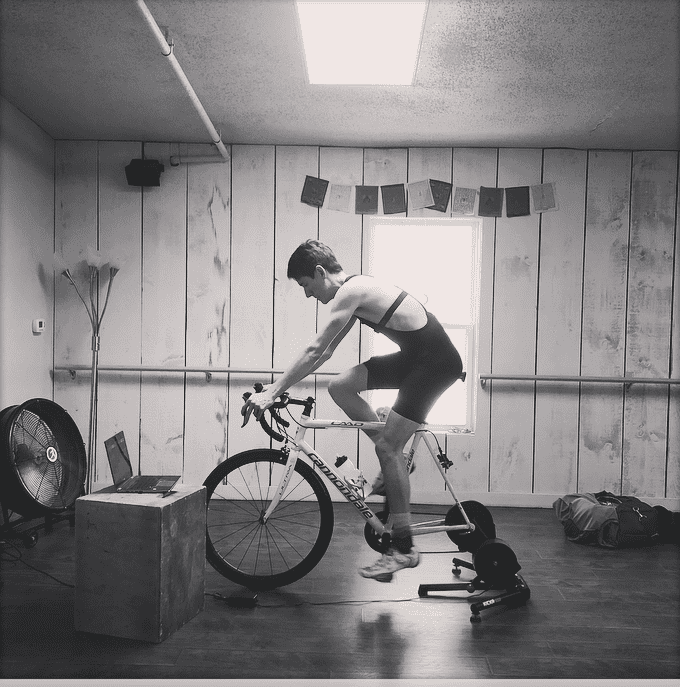It is not uncommon for coaches to prescribe a range within workouts, and admittedly, the idea of a range can get confusing and a little scary for an athlete. For example, a workout range could look like:
- 2-3 hours endurance
- 4-6 x 3 minute intervals
- 5 x 4-6 min intervals
- 65-75% MHR or %FTP
- 8-10 miles
There are lots of ranges … And that means lots of choices for you, the athlete, to make while you are training.
Here’s the thing: Coaches aren’t using these ranges to “test” you secretly. But it can feel that way sometimes! We feel like we need to do the high end of the range to “prove that we’re tough,” or maybe we always opt for the low end of the range to avoid getting saddle with more miles next week. Most of us have some kind of secret tendency when it comes to how we look at a range, but our goal should be to vacillate around the range from workout to workout, depending on what’s going on in our lives.
I have had more than one athlete get irritable about ranges and how they want me to “tell them exactly what to do and they will do it.” While I appreciate the militarist dedication to the training plan, I think this misses a lot of opportunities to optimize training based on your training status and the environment you find yourself in.
Decisions are part of being a great athlete.
Said simply, some people go harder or use bigger loads (watts, weights, effort), while others ease into it or use smaller loads. Neither one is right or wrong.
I will often use one workout for a few weeks. The idea is that the athlete can try it a few times. Perhaps they progress the number of reps, perhaps they go a bit faster each week or a bit longer each week.
There is no wrong ‘answer.’
While it might seem like a challenge to see a range, it isn’t (or shouldn’t) be a challenge. The point is not to always hit the high end of the range, or to always be at the low end of the range. The goal is that, for each individual workout, the athlete is choosing the spot in the range that feels right for them today.
Some days, you will have great motivation, great weather and all the time in the world. Other days, the low end of the range is the better spot because of a lack of sleep, a tough day at work, or just a lack of motivation. As long as the athlete is just showing up — remember, 90 percent of life is showing up is one of our training tenets—the workout went well. Personally, as a coach, I like to see how an athlete ‘solves’ the workout problem. There are no wrong solutions, but I might see a solution and use that to challenge them given the hill they are using or the intensity they chose.
There are a lot of options, but the progression depends on you going out and solving the workout once given your current feeling/fitness/environment! The key is to do the workout ... then afterwards, you can tweak it / assess it / reflect on it …
And remember, don’t stress too much on a given workout. Sometimes, we get so caught up in the tiny details of the workout download that we forget to actually get out and do some work. The best advice is to look at the workout title and description before you get started, so that you know what actually matters. Is it about endurance? Threshold? Tempo? That should be your overarching focus rather than worrying about the “perfect” wattage. I’d always prefer to see someone finishing a workout imperfectly versus stopping a workout midway because he or she ended up outside of the range.
Want to learn more about training smarter, not harder? Check out our book, Becoming A Consummate Athlete, right here:
—






